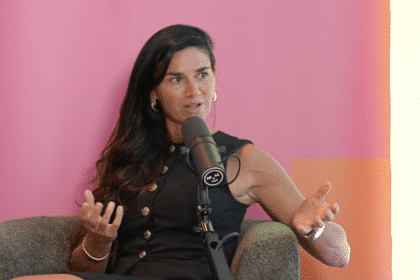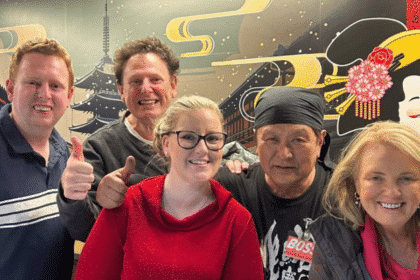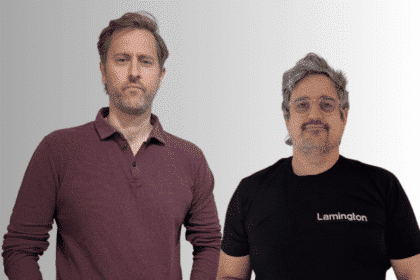M&C Saatchi’s head of visual content Mimi Gray says we all know the adage, “You are what you eat”. But we are also what we see.
Speaking at the 66th Cannes Lions Festival of Creativity this morning, Gray was joined by fellow panellists founder of Women of the World (WOW) Jude Kelly and British portrait and fashion photographer/director John Rankin.
According to Gray, our “visual diet” is comprised of everything we see visually in our day to day lives. From scrolling through our Instagram feed first thing in the morning, to the billboards we see on the way to work, to the images that accompany the news stories we read and watch. And everything we see affects how we feel.
Exposure to thousands of images daily can leave us feeling hollow, anxious and inadequate. Especially given that we do not have control over what imagery we are being fed.
A staggering 91 per cent of 16-24 year olds use the internet for social networking. Meanwhile rates of anxiety and depression in young people have risen 70 per cent in the past 25 years with social media linked to increased rates of anxiety, depression and poor sleep.
Interestingly a recent study saw an 84 per cent increase in wellbeing when people were surrounded by meaningful visual content in their daily environment.
Jude Kelly, founder of WOW, said,
“We, as individuals, need visual nourishment. Not everyone can live by the sea. It’s not just about advertising appearing less frequently but about art appearing more frequently.”
British portrait and fashion photographer and director John Rankin countered,
“As much as I’d love to put pictures of the sea on Instagram and hope that people look at it, I know a 10 or 12 year old girl or boy will get more hits. And that worries me.”
Moderating the panel was Little Black Book founder Matt Cooper who added,
“Kim Kardashian has 141 million followers on Instagram. That’s 14 per cent of everyone globally on Instagram.
“The Louvre has 3 million followers. Just 10 million walked through the doors of The Louvre last year which was a record year.”
When asked if this was a negative thing, M&C Saatchi’s Gray responded saying,
“I’m not the biggest fan of Kim Kardashian. She’s an amazing business woman but a terrible visual role model.”
She doesn’t see Kim Kardashian tell enough of the background story. The hours that went into her hair and make-up, her personal chef, the personal trainer she pays: they are all hidden.
On the other hand, “I can see that art can be elitist and is not always accessible.”
When it comes to improving our visual diets there is no magic wand. Rankin summed it up,
“We’re all toddlers in this. The technology that is coming through, we’re all learning it. What’s really interesting is what’s going to be next. We’re still trying to work this out and we’re already talking about mixed and virtual reality.
“Soon you’re all going to have your own Kim Kardashian and she’s going to be booking your cinema ticket.
“It’s all about education. It’s getting into schools early, not letting your kids have access to technology until they’re older. All the big tech founders’ kids are not allowed to use technology until 13!”
Part of this education is also the campaign that M&C Saatchi have launched, led by Gray, “Visual Diet”.
It aims to share a practical set of guidelines for the use of visuals and talent which they hope agencies and brands will download and pledge to. The full set of guidelines can be viewed at www.visualdiet.co.uk








